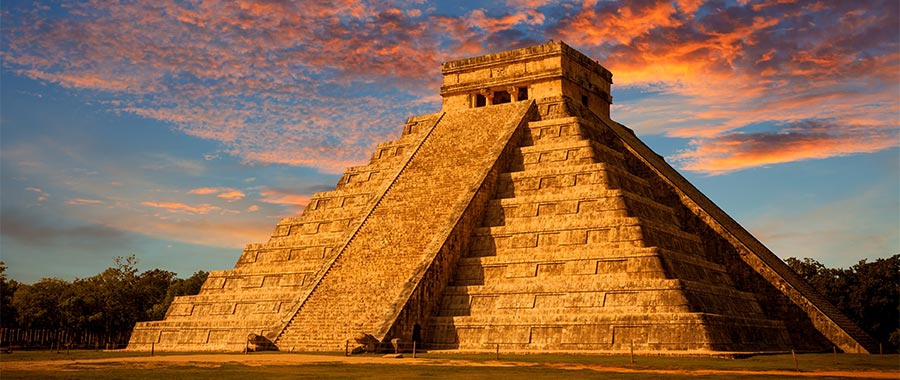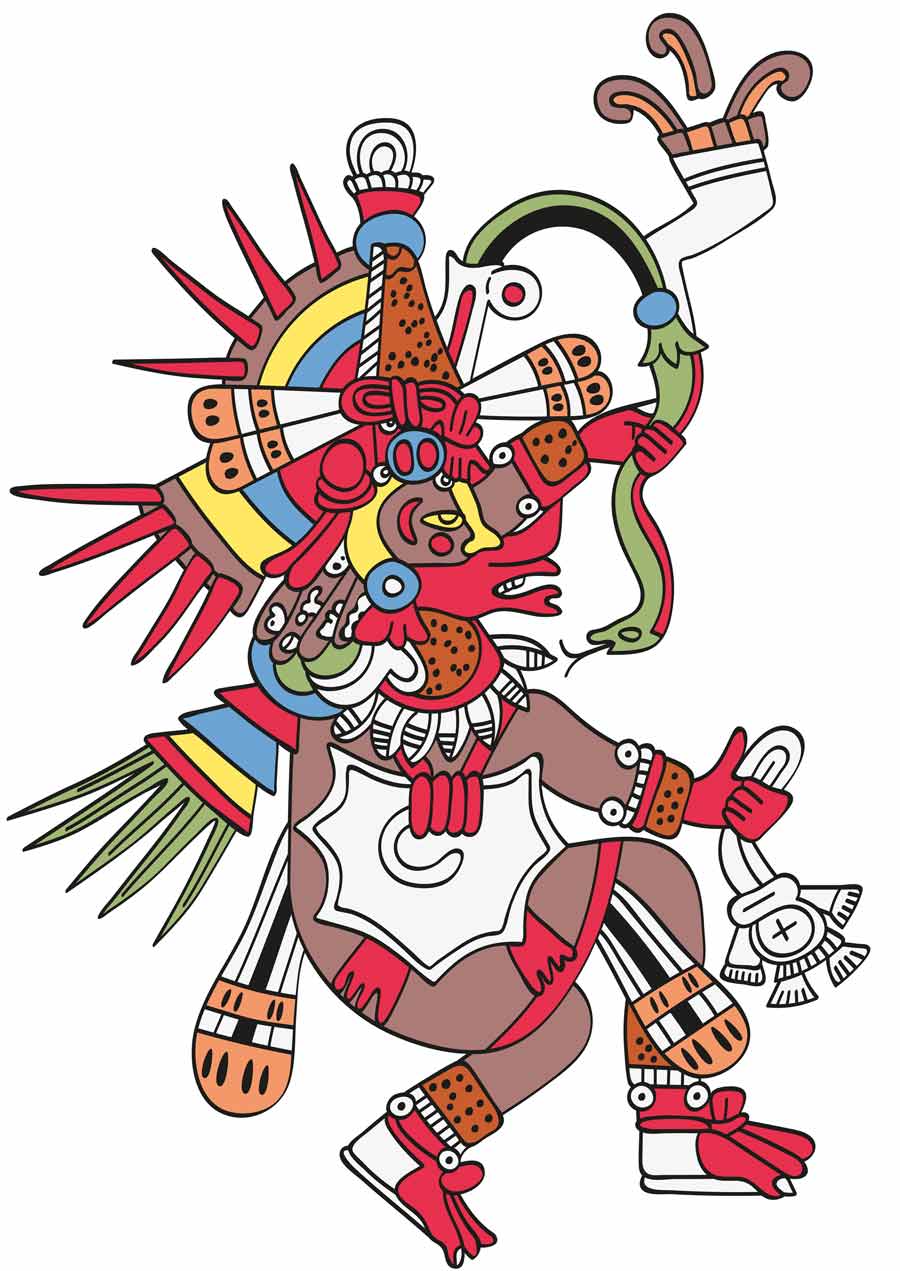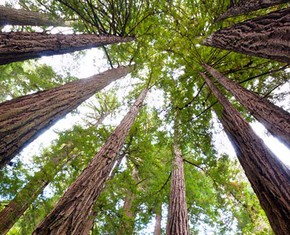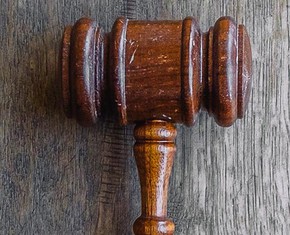The views expressed in our content reflect individual perspectives and do not represent the authoritative views of the Baha'i Faith.
Let’s revisit the case of Quetzalcoatl, known as the “Plumed Serpent,” the spiritual Messenger who taught the Toltec and Mayan peoples in what is now Mexico.
One Baha’i writer and scholar includes Quetzalcoatl in his list of potential Indigenous Messengers:
Native American Baha’is are confident that their cultures received divine guidance—the Baha’i texts assure us that all people have—and speculate whether Deganawidah, the White Buffalo Calf Woman, Quetzalcoatl, Wiracocha and other spiritual teachers were Manifestations [of God] or Prophetic figures. – Robert H. Stockman, The Baha’i Faith: A Guide For The Perplexed, p. 38.
The Baha’i teachings clearly say that God leaves no civilization bereft of spiritual guidance, that the Creator sends humanity a divine Messenger “in every age and cycle”—so what’s the evidence for Quetzalcoatl being one of those divine Messengers? Abdu’l-Baha gave us the criteria:
… the proofs of the validity and inspiration of a Prophet of God are the deeds of beneficent accomplishment and greatness emanating from Him. If He proves to be instrumental in the elevation and betterment of mankind, He is undoubtedly a valid and heavenly Messenger. – Abdu’l-Baha, The Promulgation of Universal Peace, p. 366.
The significance of Quetzalcoatl’s contributions to civilization demonstrates that divine guidance was, and is, universal in nature and scope. Indigenous spiritual traditions, in their finest forms, can—and arguably should—be recognized and respected as God-inspired not only by Baha’is, but by all spiritually minded and open-minded people.
The historical “Topiltzin Quetzalcoatl”—which means “Our Young Prince, the Feathered Serpent”—was known in Toltec, Mayan and Aztec culture as the son of the great god Quetzalcoatl, their creator and fertility deity. Topiltzin Quetzalcoatl founded and ruled the ancient city of Tollan Xicotitlan (also known as Tula), capital of the Toltec empire between 900–1100 CE in Mexico, near the present-day city of Tula de Allende.
In his definitive survey of the various traditions surrounding Quetzalcoatl—Topiltzin Quetzalcoatl: The Once and Future Lord of the Toltecs—Henry B. Nicholson, professor emeritus of anthropology at UCLA and acclaimed as America’s greatest scholar of the Aztec civilization, we learn the following facts regarding the life of Topiltzin Quetzalcoatl:
(1) Topiltzin Quetzalcoatl was conceivably a genuine historical figure prominently involved with an early stage of Toltec history; (2) if so, he later seems to have become blended and, occasionally, to some extent confused with certain supernatural personalities, particularly an ancient fertility/rain/wind/creator deity, Ehecatl Quetzalcoatl; (3) possibly the son of an important early conqueror, Mixcoatl/Totepeuh, he assumed the secular and sacerdotal leadership of a vigorous group of Nahua-speakers established at Tollan; (4) while in power, he appears to have introduced or presided over the introduction of significant cultural innovations, especially in the religious sphere but also in other aspects of the culture; (5) due to circumstances that are obscure but which may have primarily involved opposition to his religious doctrines, a conflict developed in Tollan to such proportions that Topiltzin Quetzalcoatl was forced to leave, probably with a sizable number of followers; (6) heading generally in a southeastward direction, with a possible stopover in Cholollan, he reached the Gulf Coast and either moved further eastward, disappeared, or died; (7) the suggestion that “the” Topiltzin Quetzalcoatl of Tollan actually led a group into northern Yucatan and established a new political capital there, Chichen Itza, has often been made and is certainly conceivable, although an alternative hypothesis invoking different leaders bearing the names Kukulcan, Quetzalcoatl, Nacxit, etc., as titles seems more likely; (8) in addition to his religious role, which is stressed in the sources from both Central Mexico and northern Yucatan, Topiltzin Quetzalcoatl appears also to have functioned importantly as a political leader/consolidator and was best remembered by the Toltec-connected dynasts of Highland Guatemala as the dispenser of all valid political authority; (9) the evidence for a widespread belief in his eventual return to reclaim his power, which might have significantly influenced Motecuhzoma II of Mexico Tenochtitlan—who apparently was considered to be the direct dynastic successor of Topiltzin Quetzalcoatl—during his initial dealings with Cortés, is quite strong. – p. 291.
More importantly, Quetzalcoatl abolished the long-standing religious practice of human sacrifice, and instead taught “sacrificing only serpents, birds, and butterflies” (p. 46)—or, in another account, “quail, butterflies, snakes, and large grasshoppers ” (p. 10). This great and notable achievement distinguishes Quetzalcoatl as a spiritual leader, although the abhorrent practice was reinstituted after his death. Quetzalcoatl was opposed by the “demons” or “sorcerers” (tlatlacatecollo, “man-owls”), who repeatedly tried, through deception and coercion, to persuade Quetzalcoatl to sacrifice human beings (p. 42).
The figure of the historical Topiltzin Quetzalcoatl looms large in the national consciousness of Mexico. In Quetzalcoatl and the Irony of Empire: Myths and Prophecies in the Aztec Tradition, author David Carrasco similarly concluded:
Quetzalcoatl is usually portrayed as a ’sacred human being,’ by which we mean that his life manifests the presence, again and again, of divine and celestial forces and appearances which determine and drive his destiny toward an archetypal model. – p. 79.
Carrasco also concluded that:
Quetzalcoatl inaugurated a golden age of ancient Mexican civilization. Of the greatness and prestige of Quetzalcoatl, it has been said: “Truly with him it began—truly from him it flowed out, All Art and Knowledge. – Ibid., p. 85.
Nicholson also noted the well-known prophecy that Quetzalcoatl would one day return, another significant indication that his people considered him a divine Messenger.
In fact, so strong was the Indigenous belief in Quetzalcoatl’s return that the Spanish conquistador, Hernán Cortés, was tragically mistaken by Motecuhzoma II as the return of Quetzalcoatl, when they first met on November 8, 1519 in Tenochtitlán, ancient capital of the Aztec empire, as Professor Nicholson points out:
… he [Quetzalcoatl] was still expected even then. When the Spaniards arrived, it was believed that it was he returning. The Zapotec revolt of 1550 was caused by a report that their god, “che haveva da redimerli,” had appeared. It is then pointed out that Topiltzin Quetzalcoatl was born on the sign One Cane (Acatl) and that the year of the Spanish arrival commenced on that sign—from which the belief arose that the latter were their gods, since TQ [Topiltzin Quetzalcoatl] had prophesied that a bearded nation would come to subject them. – Henry B. Nicholson, Topiltzin Quetzalcoatl: The Once and Future Lord of the Toltecs, p. 65.
This belief that Cortés was the return of Quetzalcoatl had disastrous consequences, for Cortés conquered the Aztec capital Tenochtitlan on August 13, 1521. So why should anyone continue to believe in the return of Quetzalcoatl?

















Comments
Sign in or create an account
Continue with Googleor